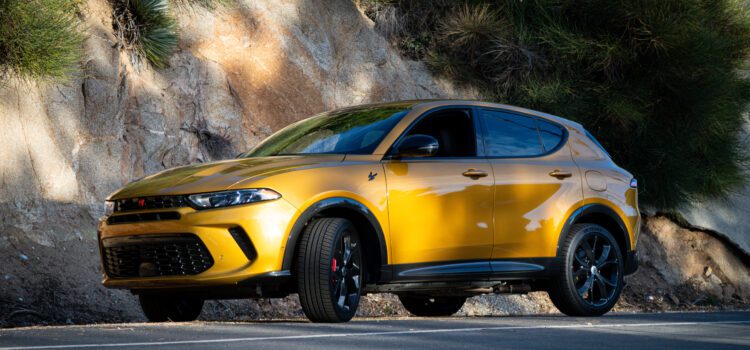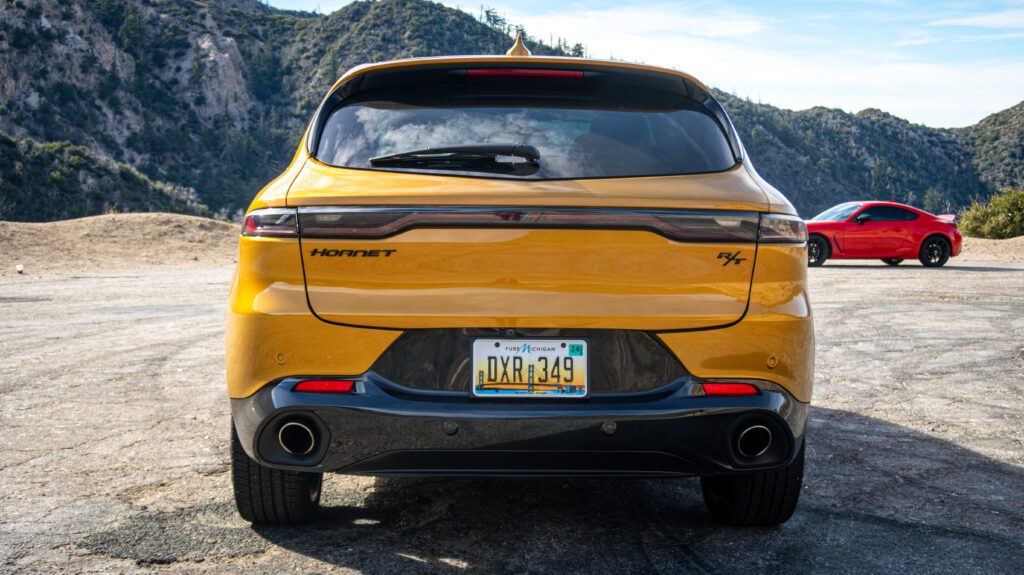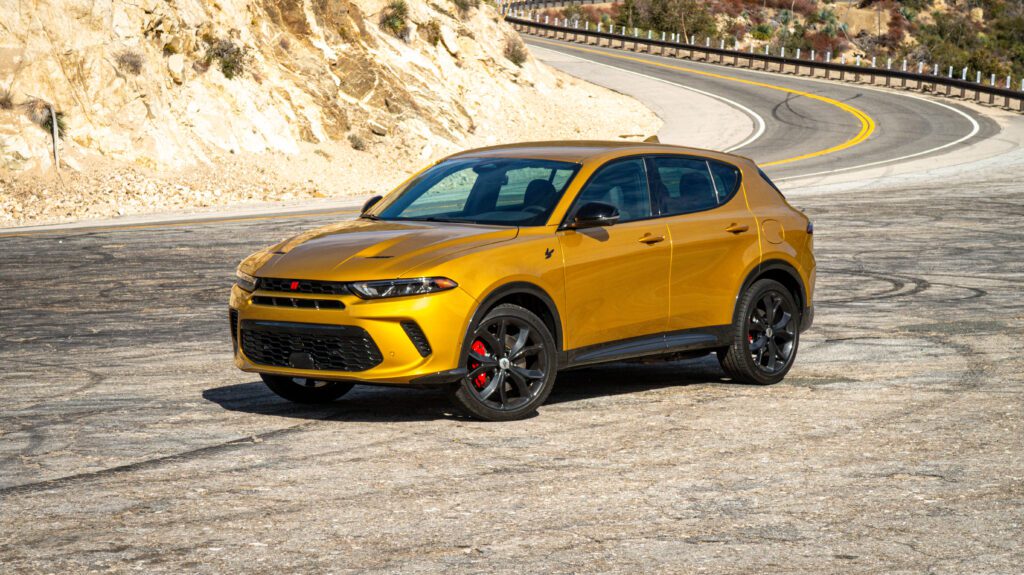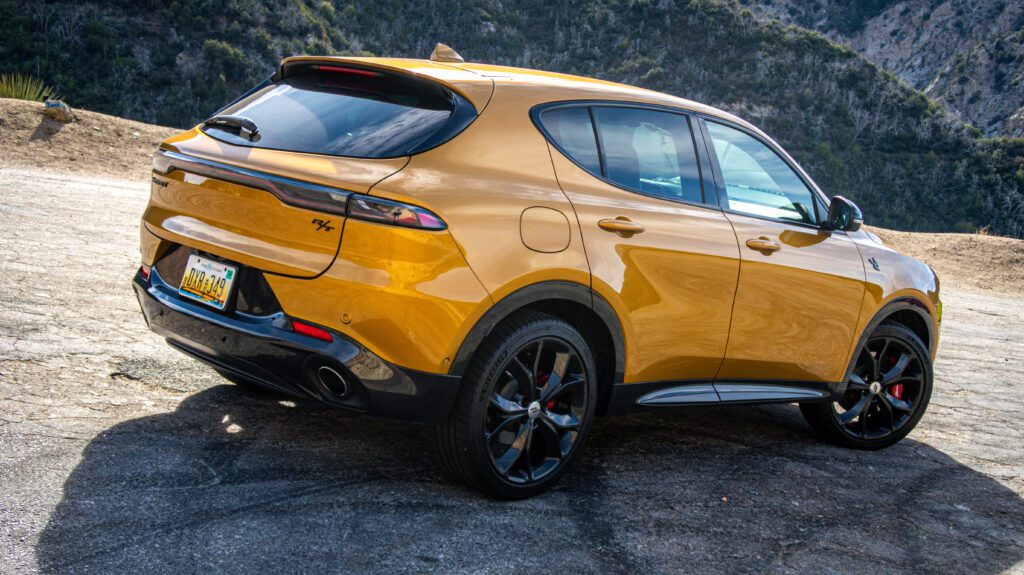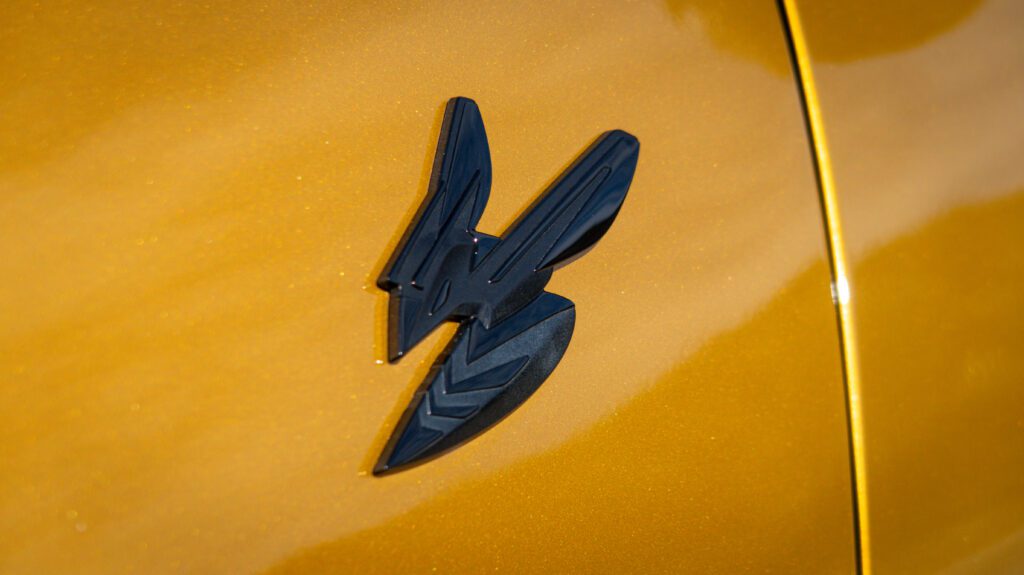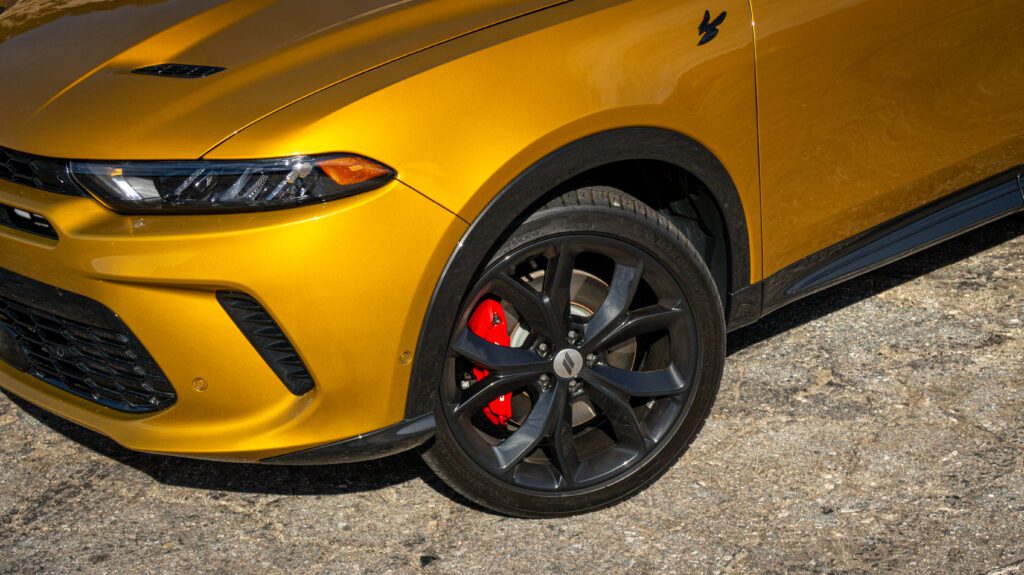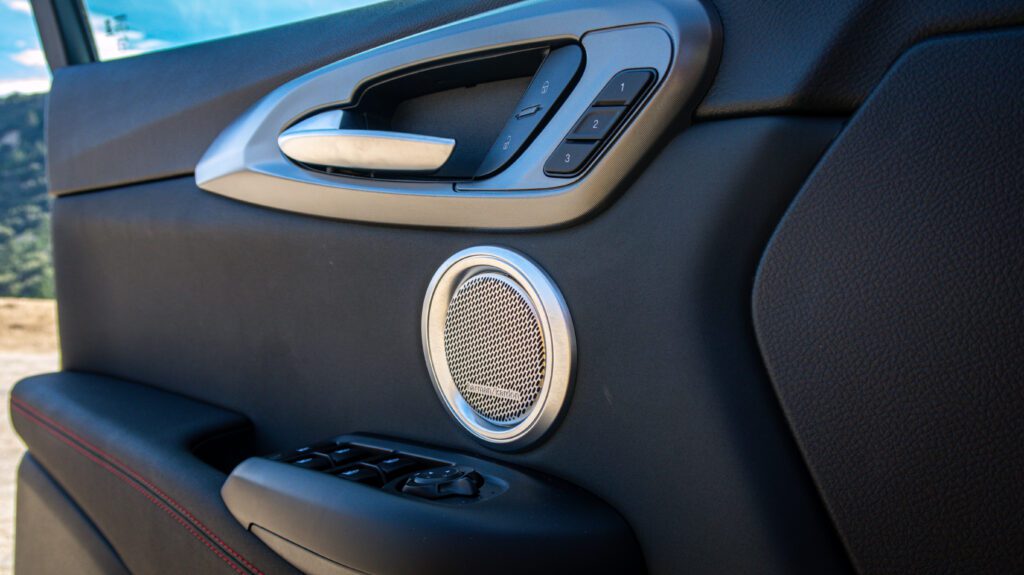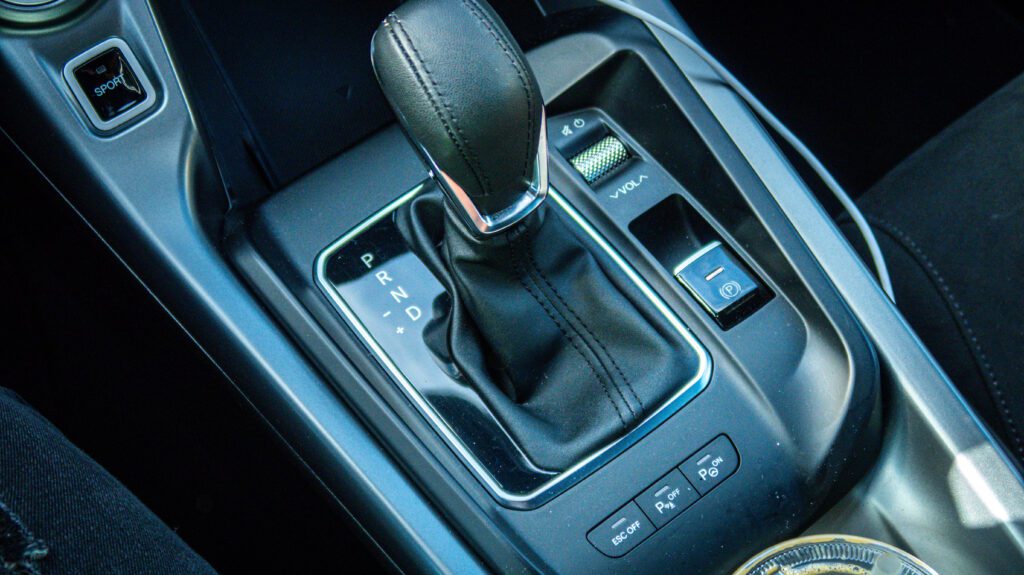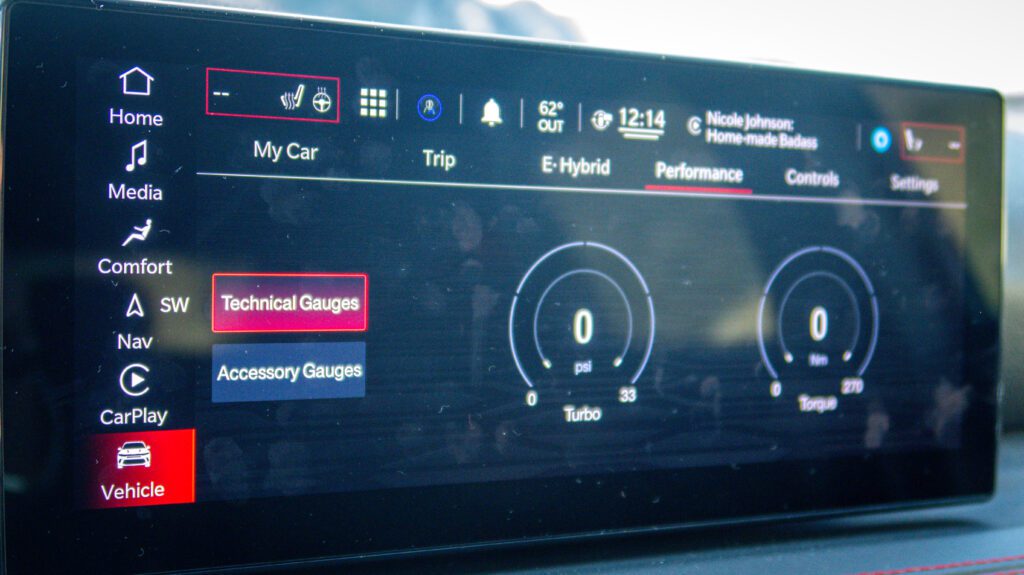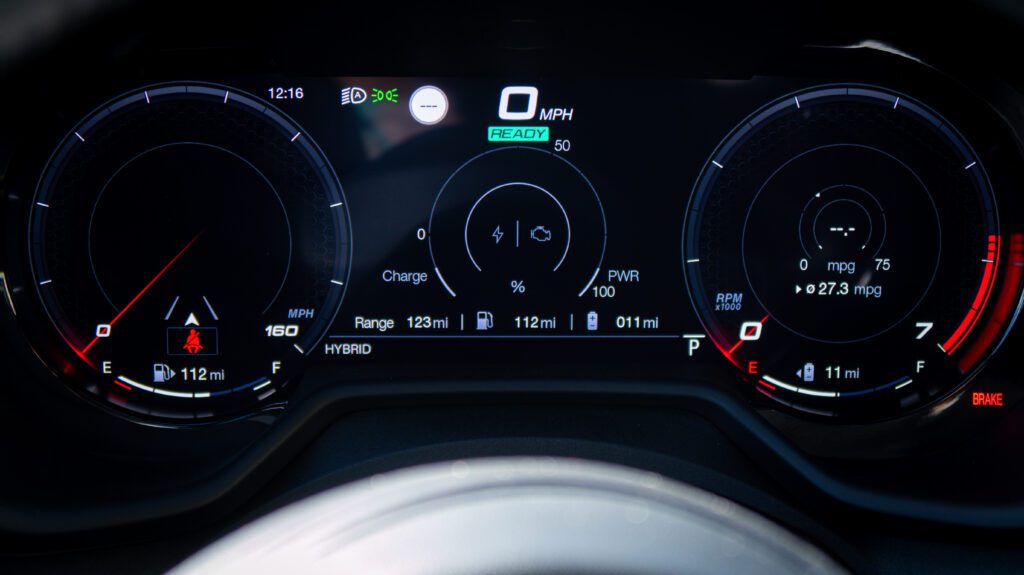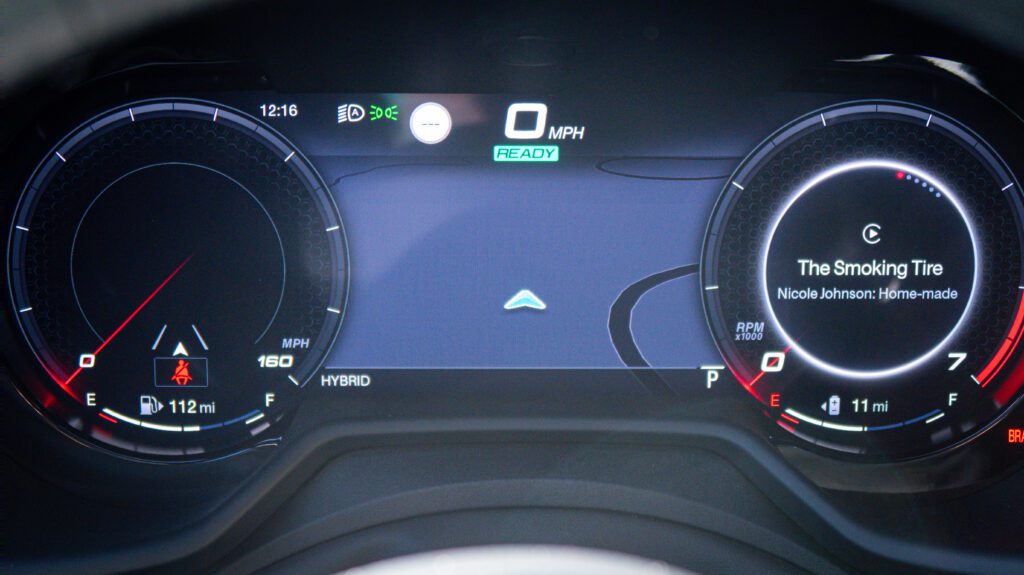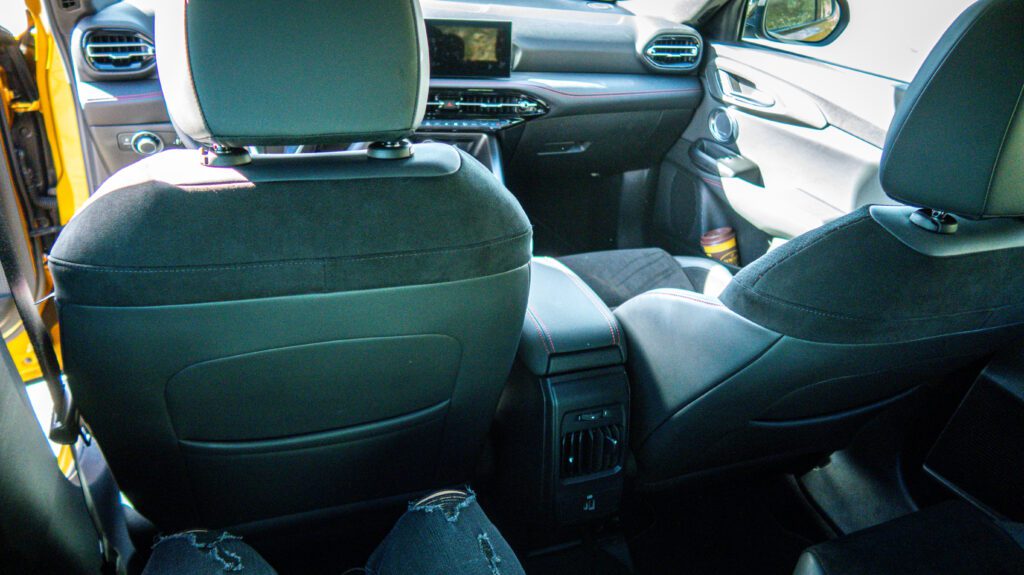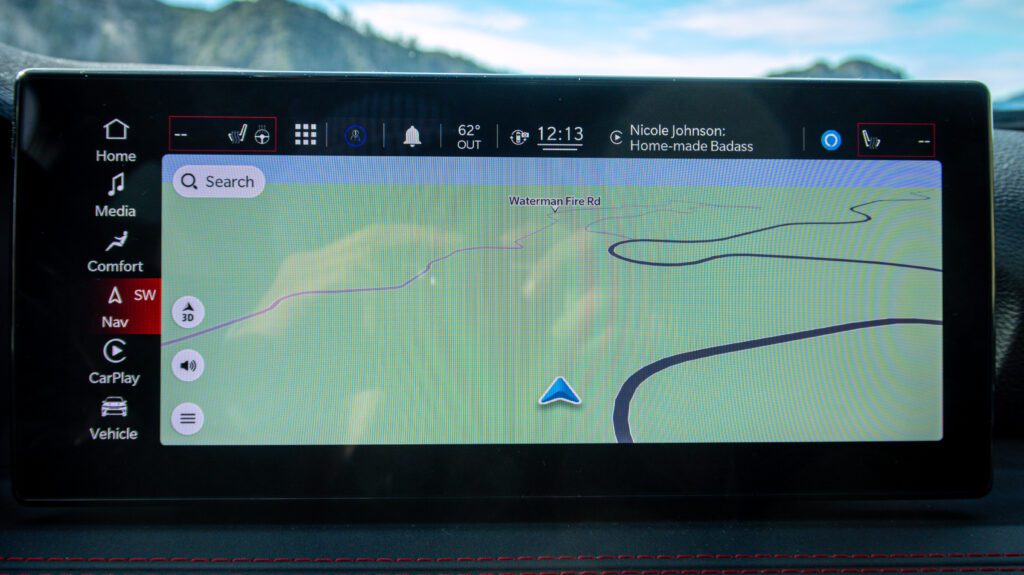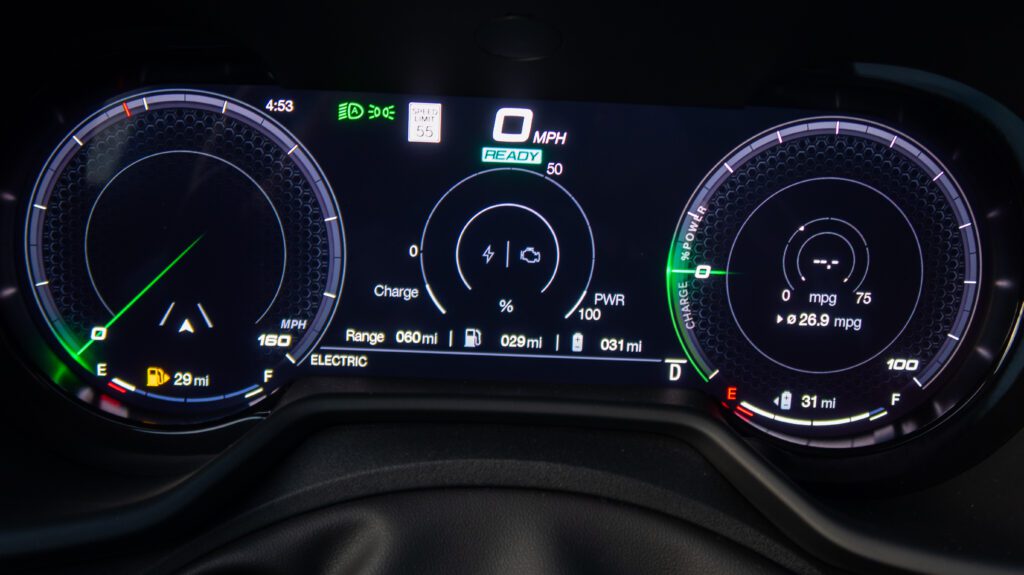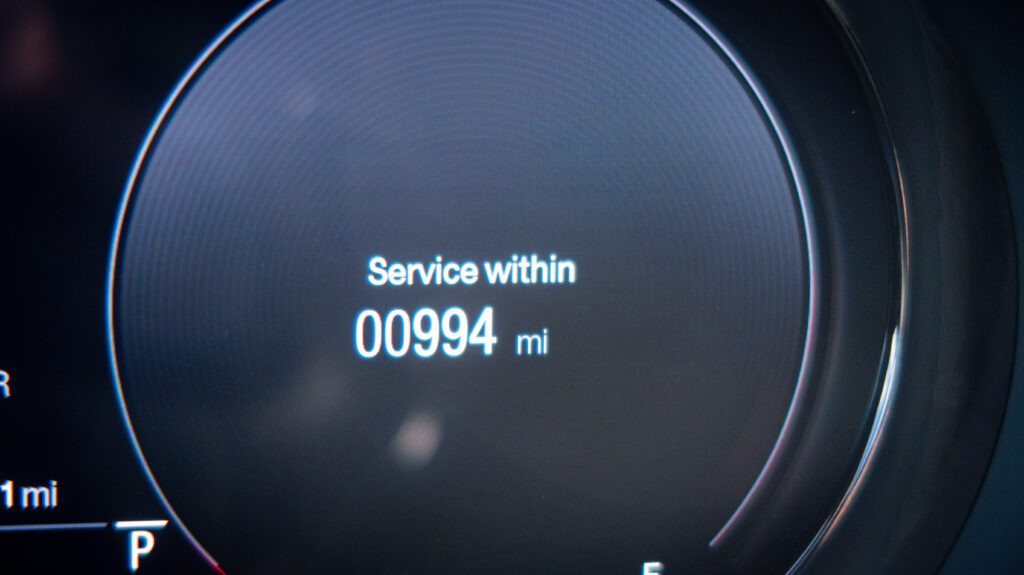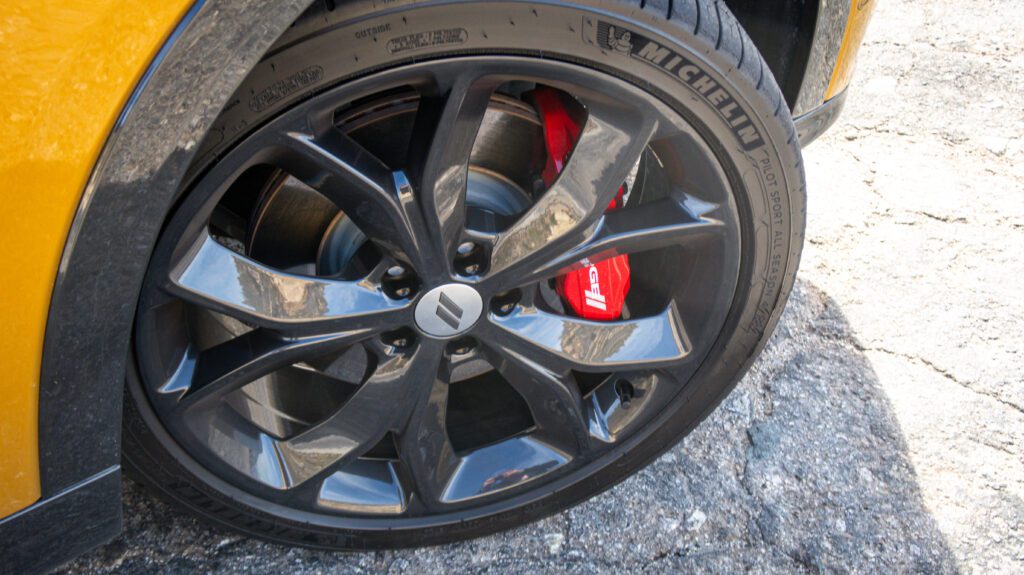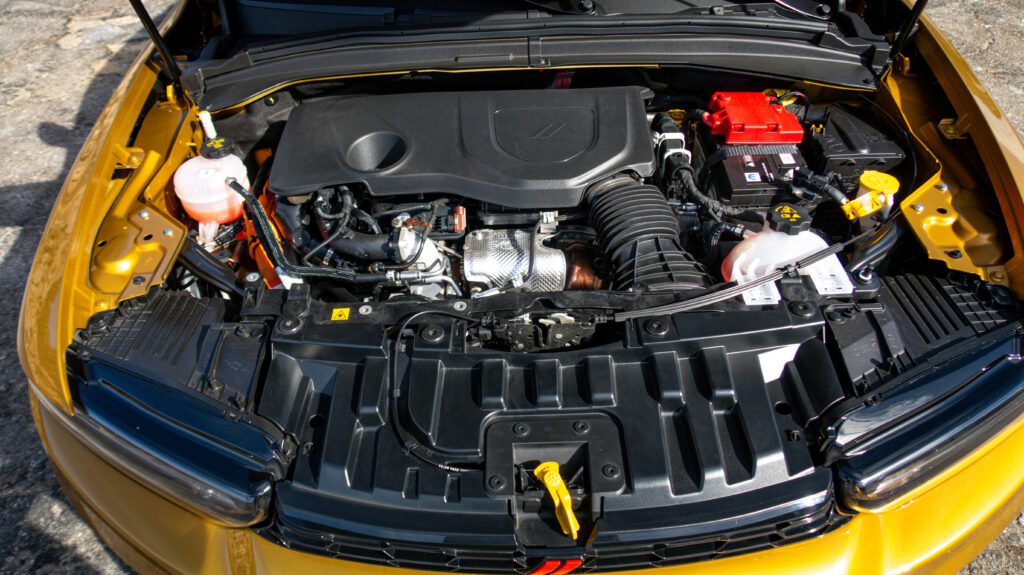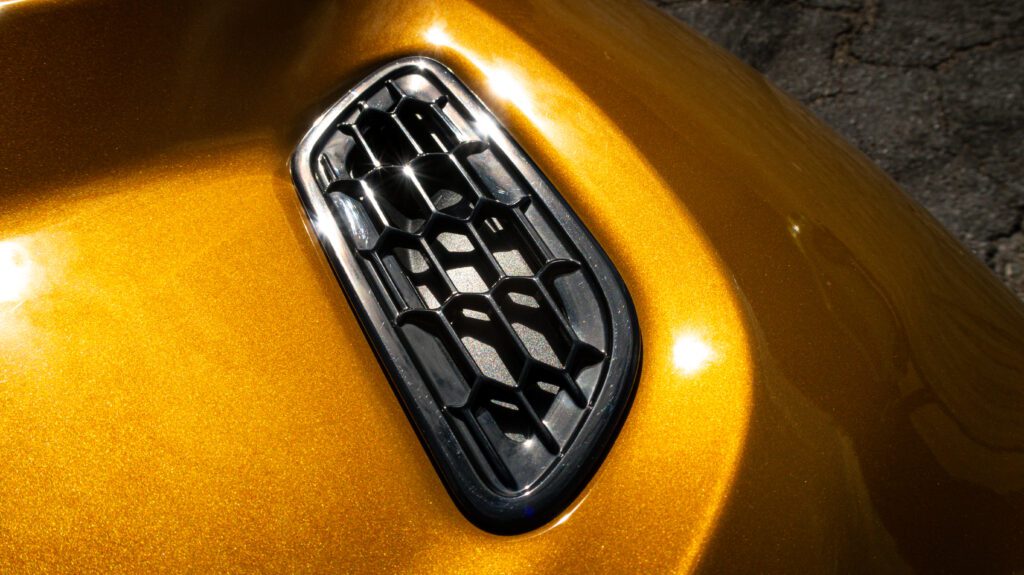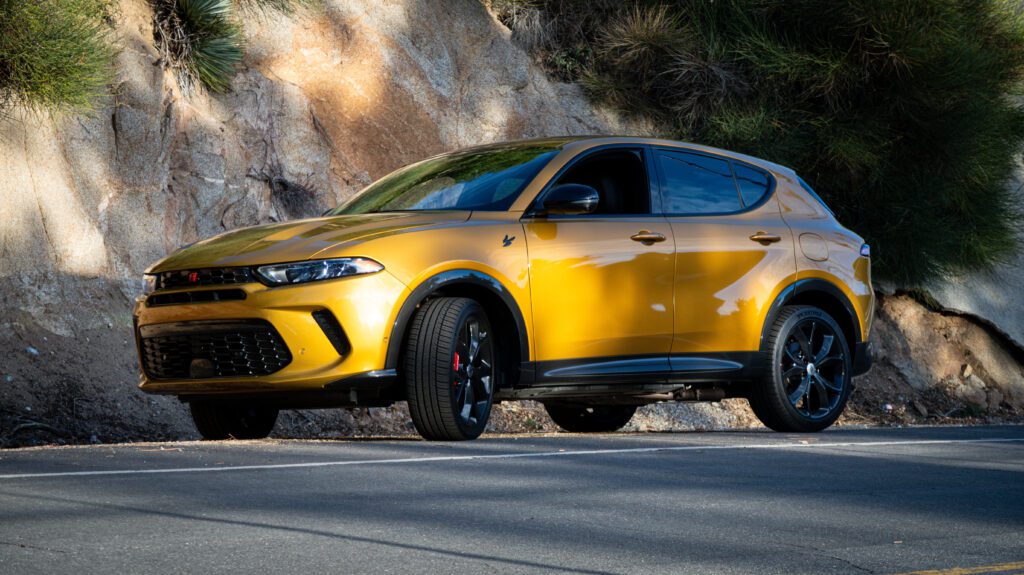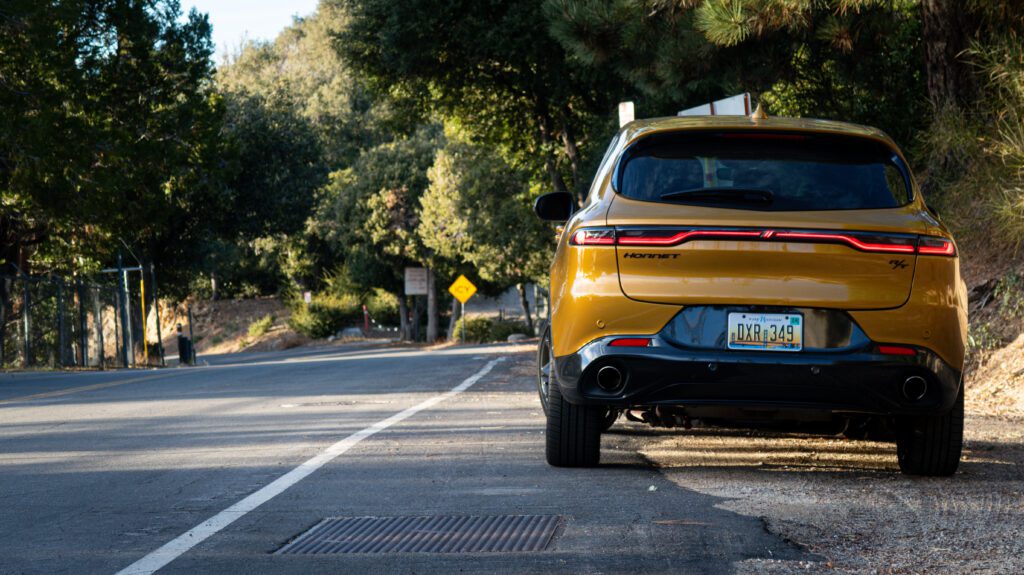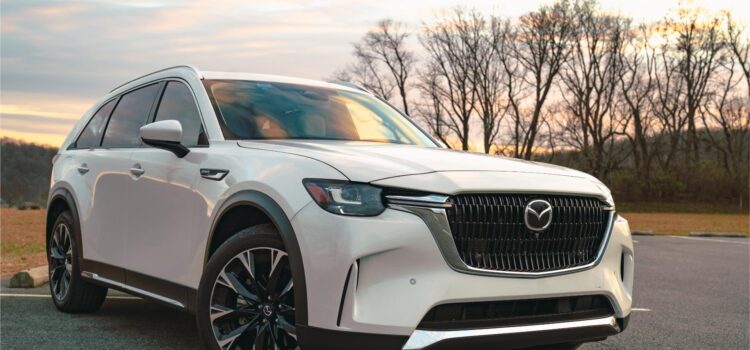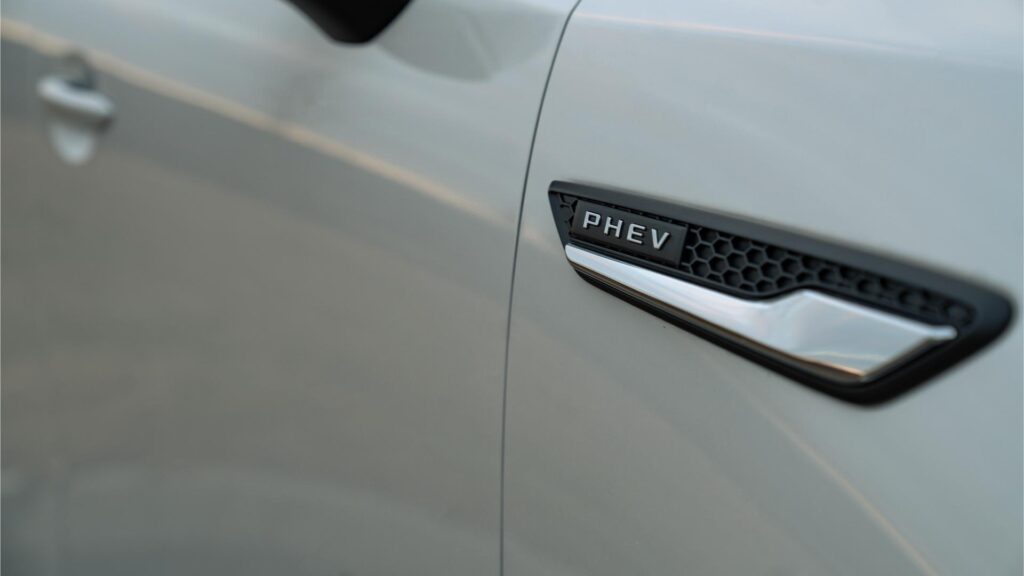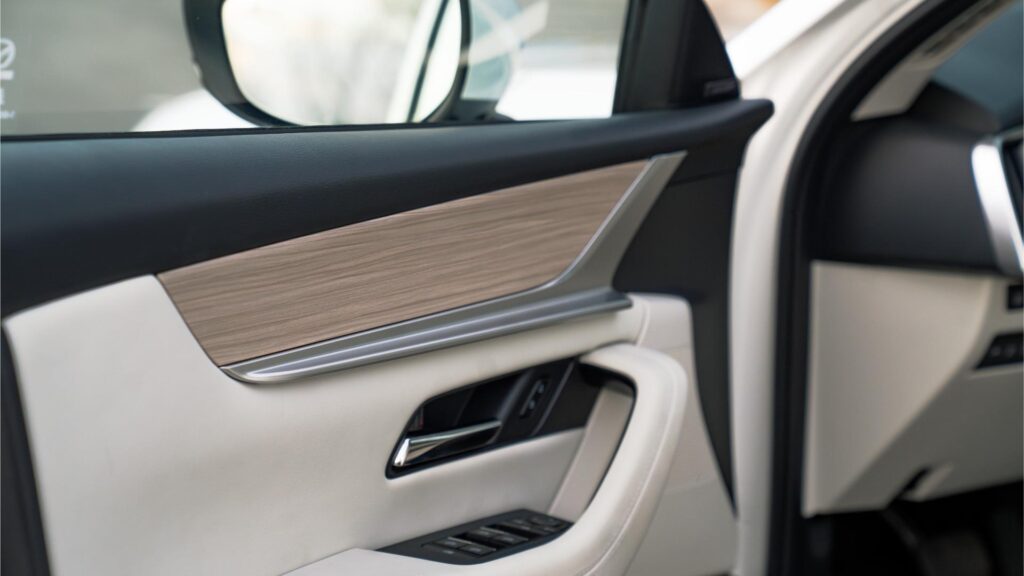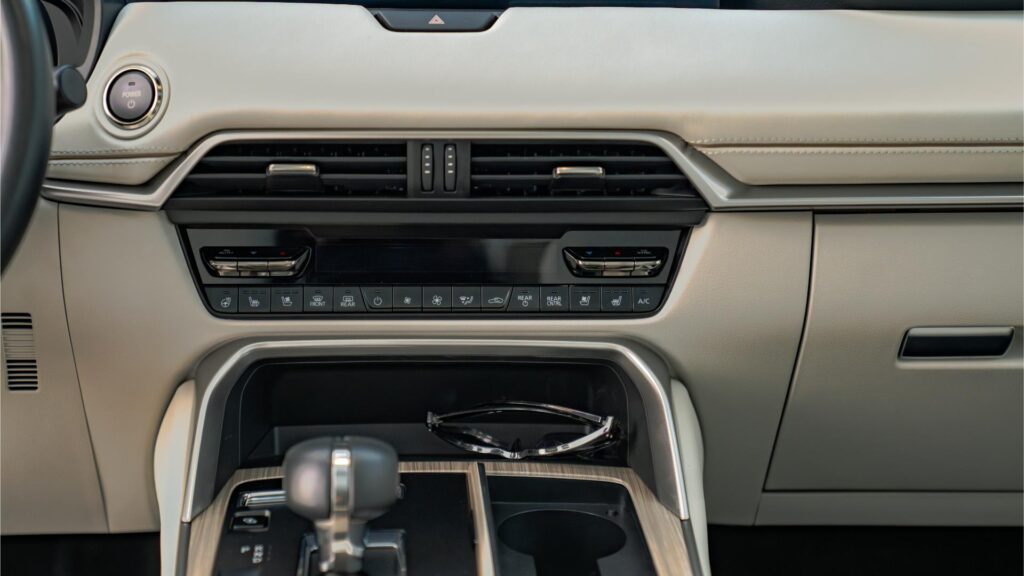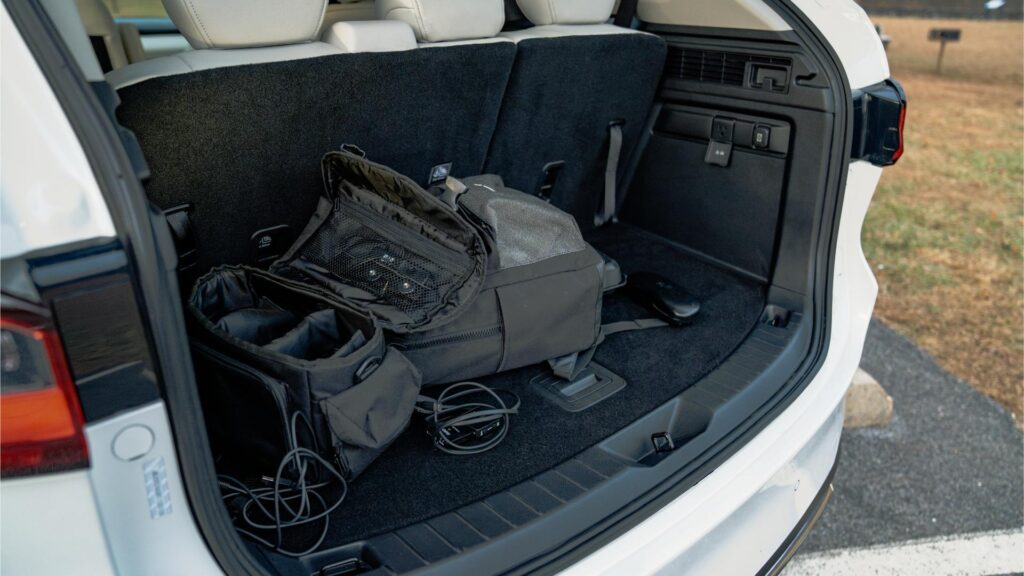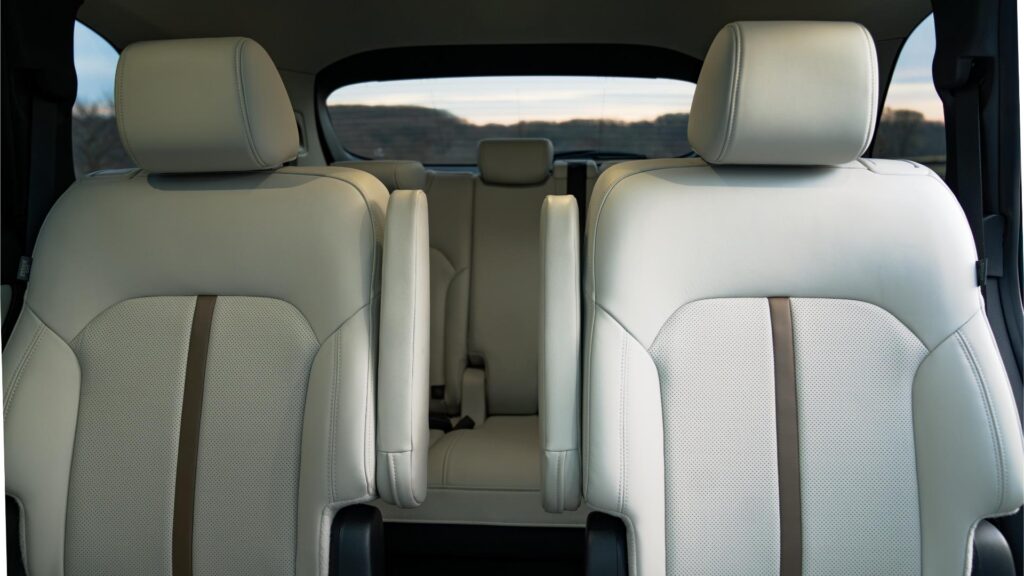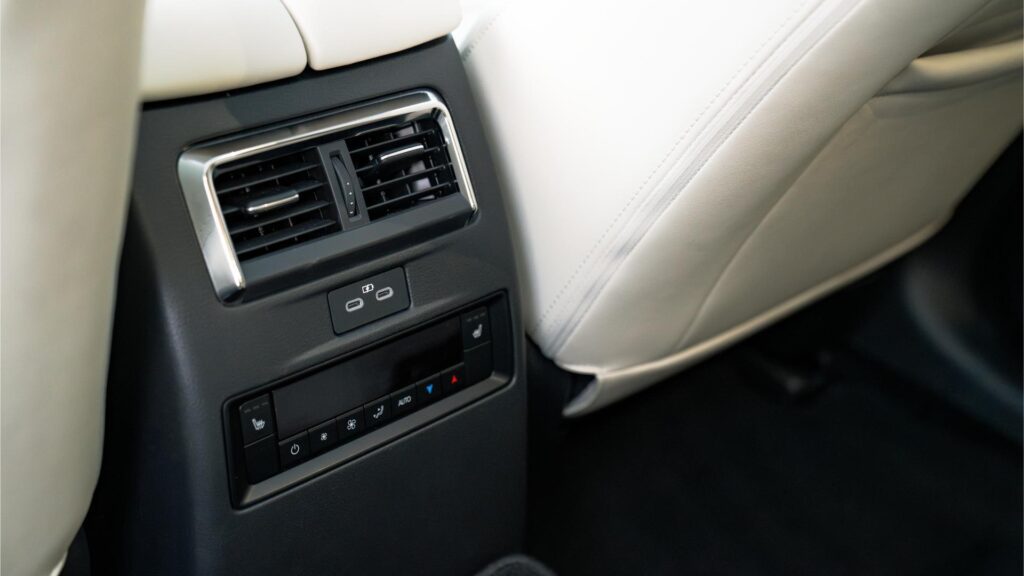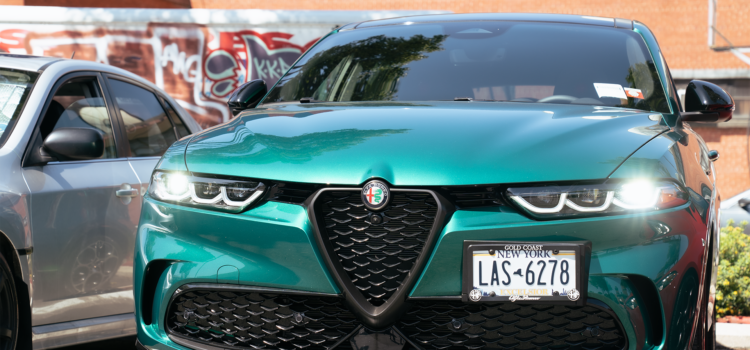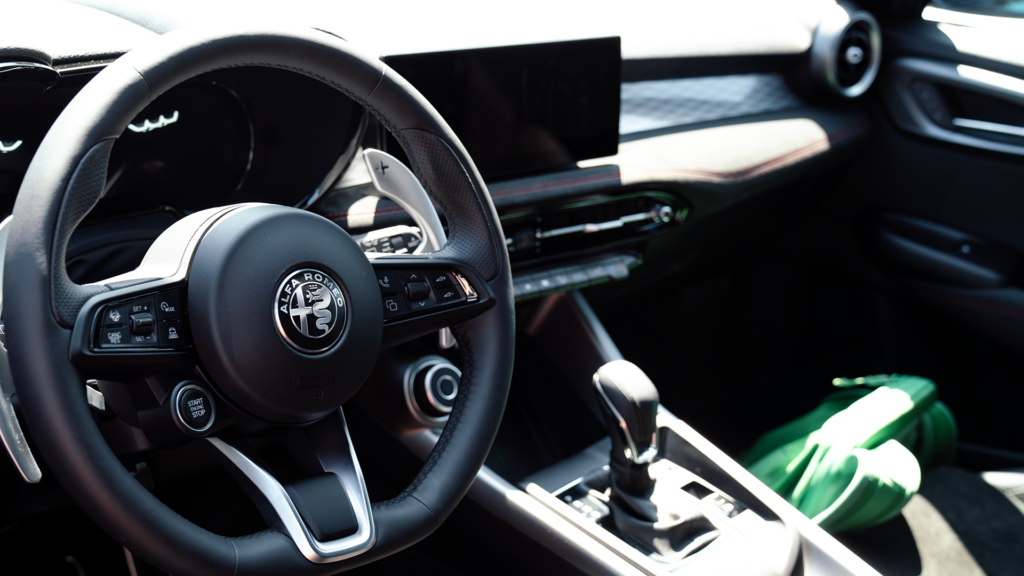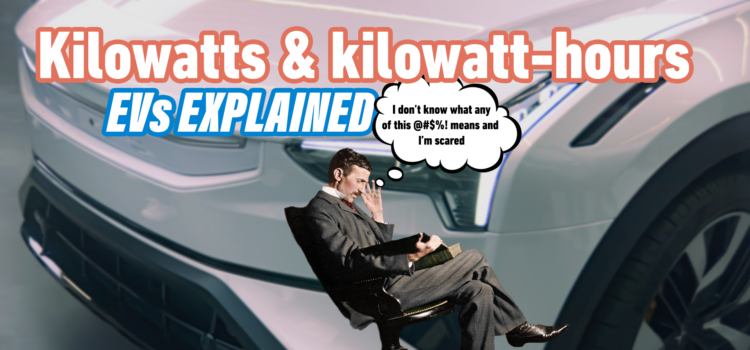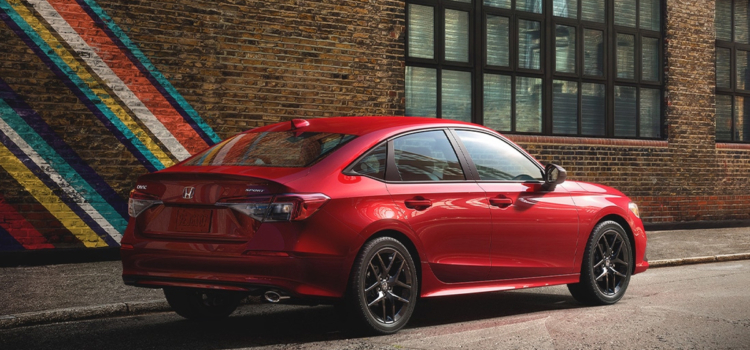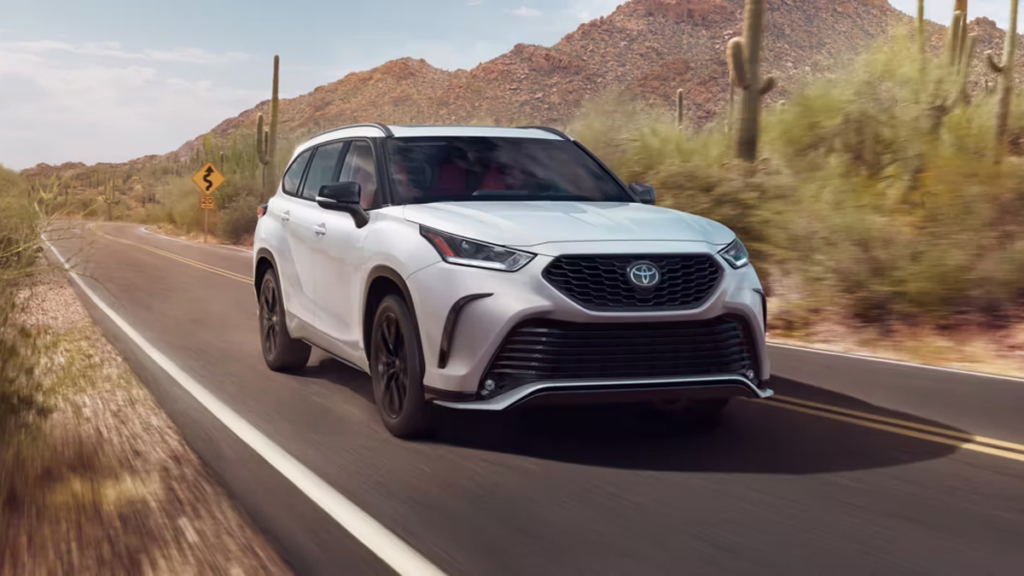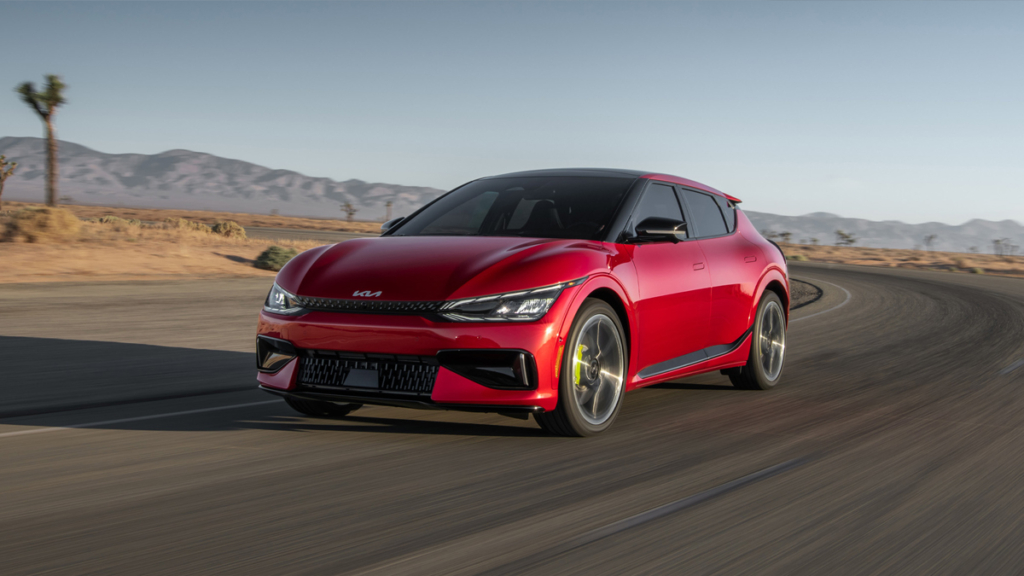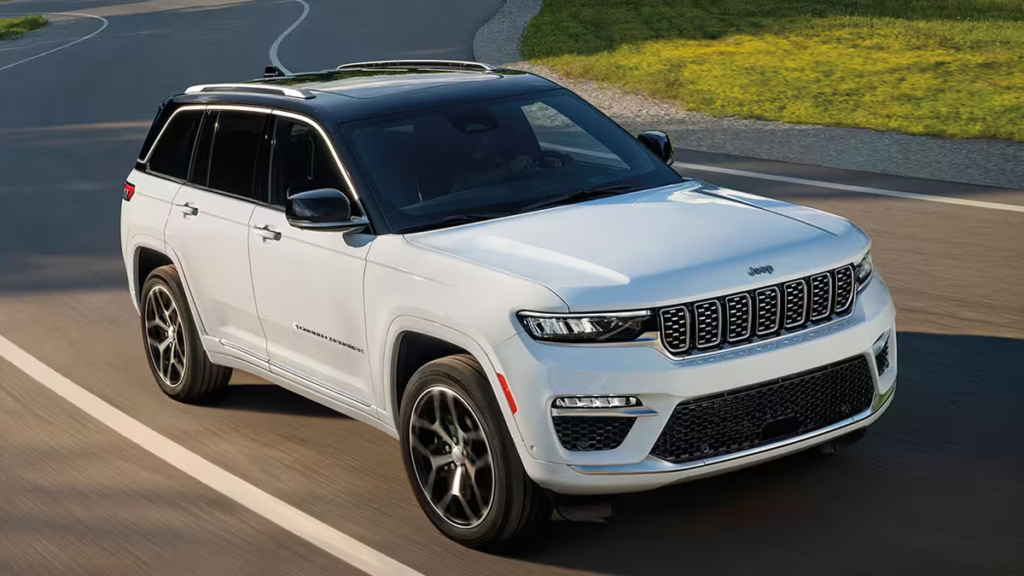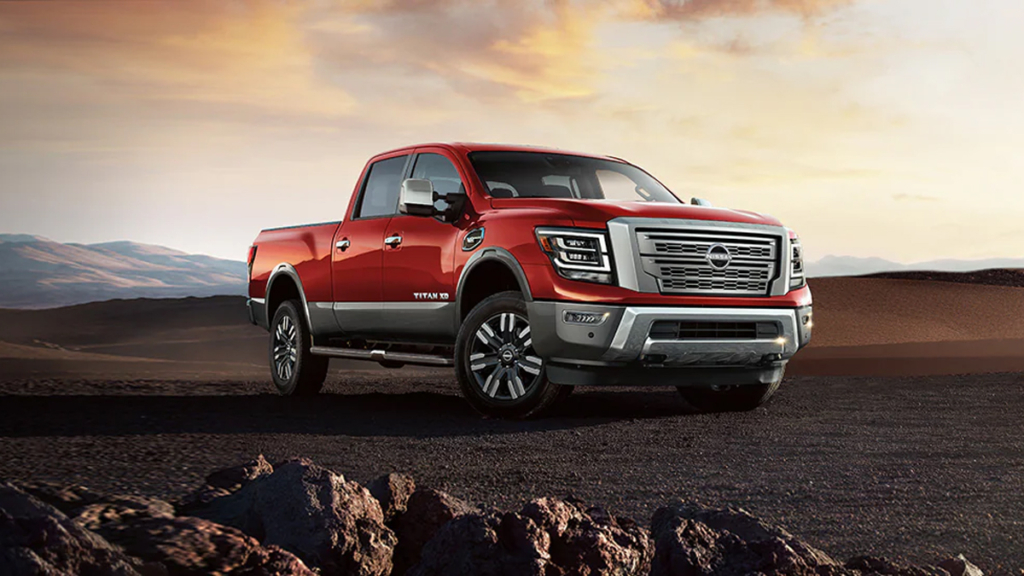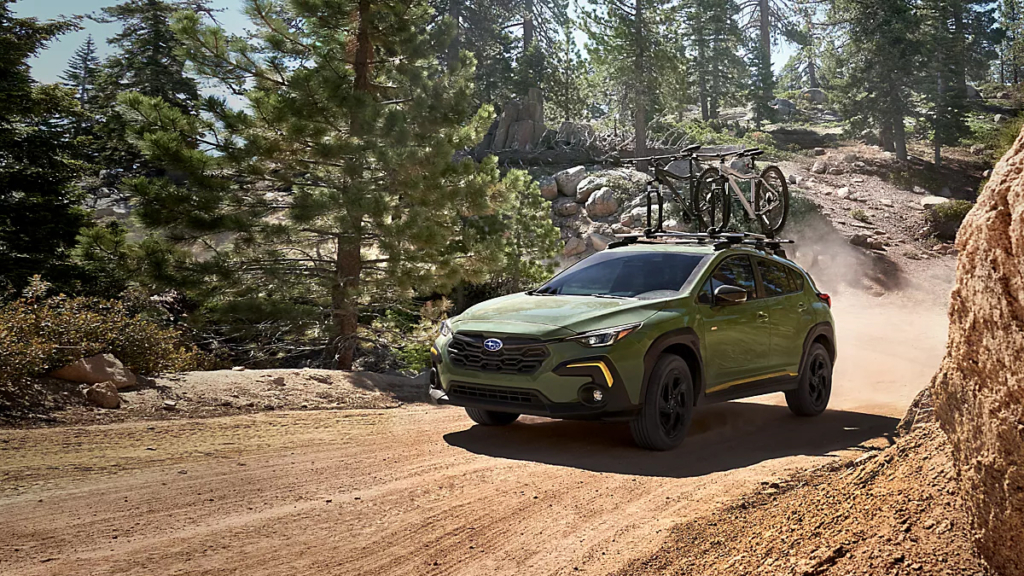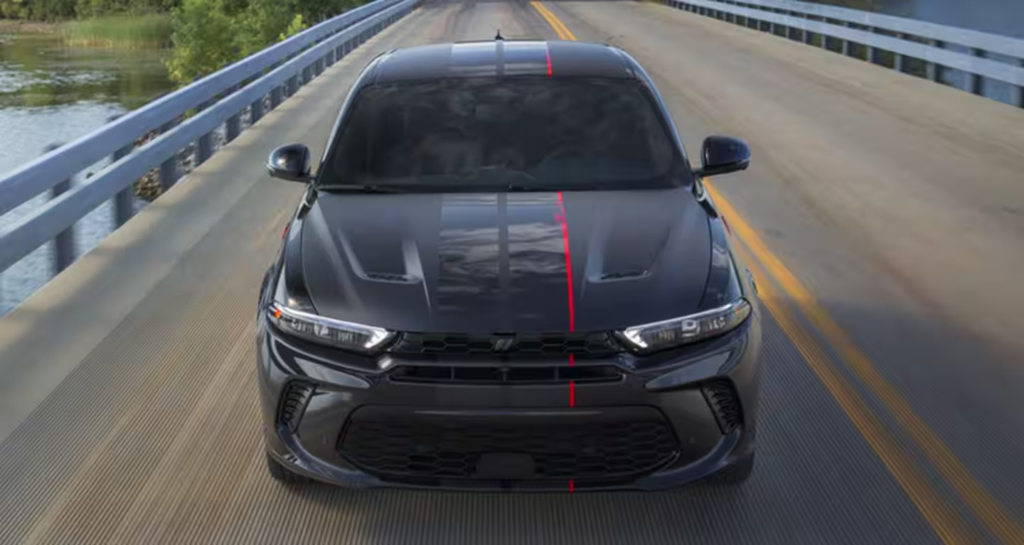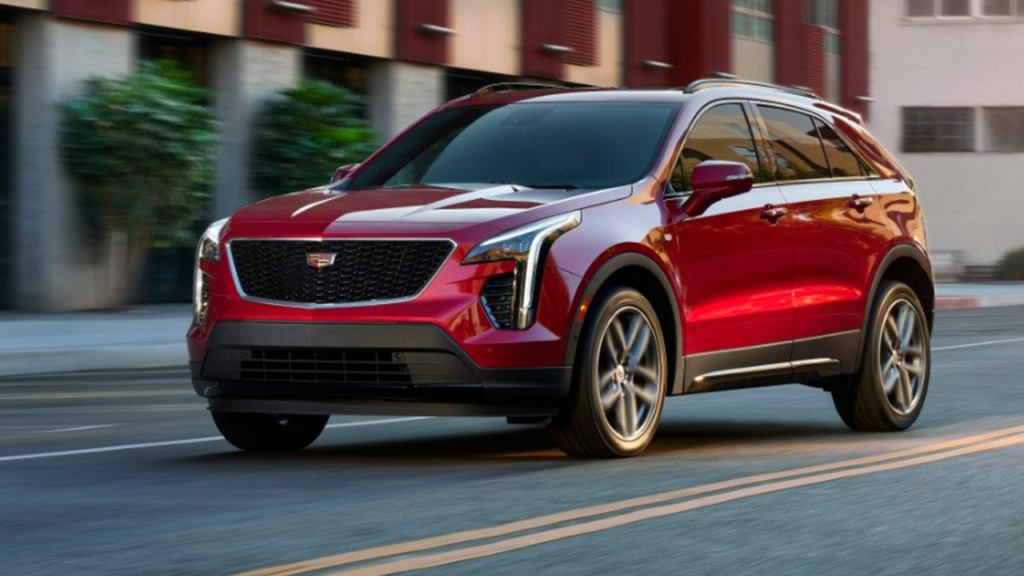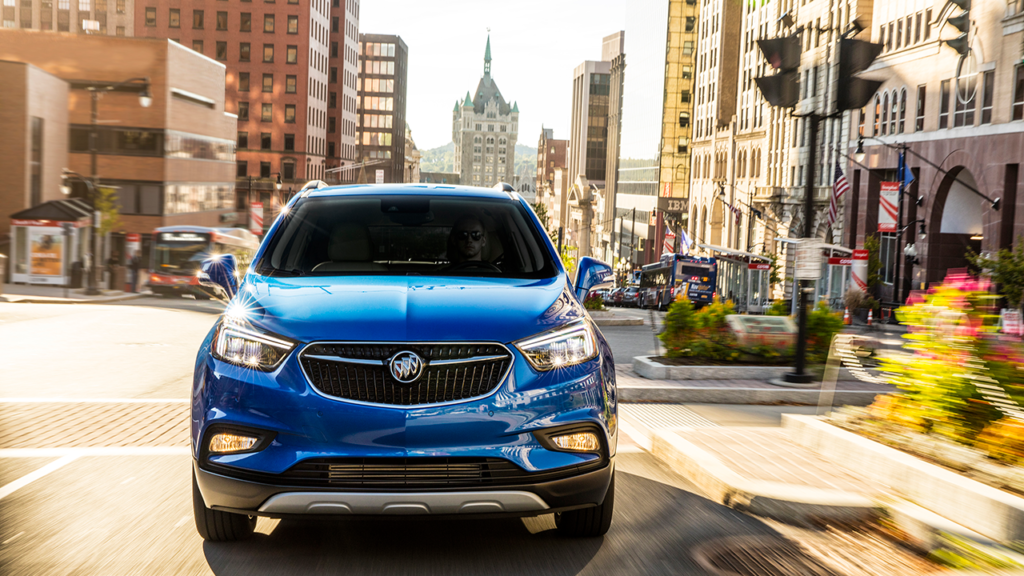GM caves to dealer and market pressure in latest pivot from fully electric cars to plug-in hybrids
General Motors has been all-in on EVs, but recent changes in consumer demand have led to a backpedal on that decision. The automaker recently announced a move to introduce hybrids after saying they were a “half-step” that it felt it could skip.
GM made the announcement after getting an earful from dealers that buyers want more hybrids and plug-in hybrids as lower-emissions options rather than only seeing EVs as alternatives to traditional gas vehicles on the showroom floor. The move gives the automaker more choices and could help balance out the never-ending movement in EV demand.
While it’s likely frustrating for GM to see its primary strategy need a significant recalibration, it does prove that automakers like Toyota have had the right approach all along. It has long resisted going to an all-electric strategy, saying that reducing emissions would take a multi-pronged approach, with hybrids and alternative fuels to supplement battery-electrics.
AutoForecast Solutions’ VP of global vehicle forecasting, Sam Fiorani, told Automotive News, “The whole idea that cleaner vehicles require EVs, at least in the short term, is not the be-all, end-all answer. EVs were going to be their path, and they’re ahead of the curve. The market’s just not ready to accept them, at least in the volumes GM needs.”
Dealers pressuring automakers to make changes to products and business processes is nothing new. Still, this move is a warning sign to any company eying a full EV catalog in the United States. GM’s CEO, Mary Barra, confirmed that it still planned to reach a zero-emissions fleet by 2035, but it’s unclear how this shift in focus might change that as time goes on.
The government is also pushing for emissions reductions, requiring an average annual cut of 56 percent starting in 2026. That would mean that EVs could account for as much as two-thirds of new vehicle sales in the next eight years, a far cry from the modest gains they have seen in the last two years.


